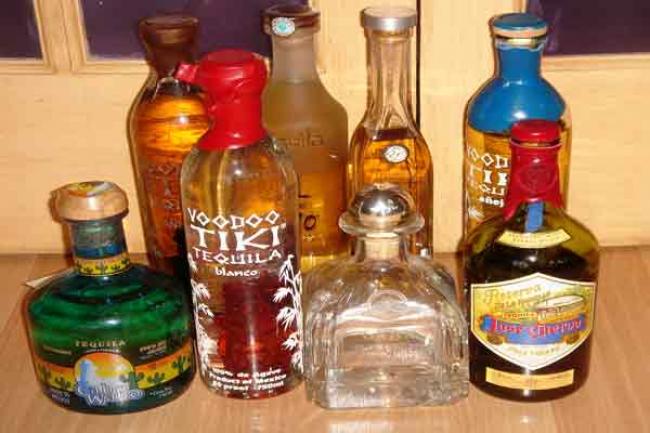Just Earth News 16 Jun 2016, 10:56 am Print

wikipedia commons
Subjects who consumed heavy amounts of alcohol had a peak incidence of suicide at 9PM, and a low around 5PM. In contrast, the peak incidence was around 12 PM for those individuals who did not drink or drank moderately and a low at 4 AM.
"The presence of temporal pattern in the incidence of suicides will help us understand the phenomenon from a clinical and a research viewpoint," said Dr. Subhajit Chakravorty, assistant professor of psychiatry, Perelman School of Medicine, University of Pennsylvania. "From a clinical perspective, the results will help us identify patients at higher risk of completing suicide and to allocate our limited resources more efficiently. From a research perspective, future studies should explore the underlying mechanisms of how and why different alcohol doses interact with the time of day and other clinical factors to increase the risk of suicide."
The research abstract was published recently in an online supplement of the journal Sleep and will be presented Wednesday, June 14, in Denver at SLEEP 2016, the 30th Anniversary Meeting of the Associated Professional Sleep Societies LLC (APSS).
Archival data of suicides from the 2003-2010 National Violent Death Reporting System of the Center for Disease Control were evaluated in individuals with alcohol dependence for whom blood alcohol levels were available. The time of injury was categorized into 1 hour segments and then hourly distribution was used to compute the incidence of suicides over the circadian period.
- From thinning to thriving? New hair loss treatment is showing promising results in trials
- Surprising coffee link: Daily cups may slow ageing in severe mental illness
- Malaria crisis looms as WHO reveals explosive rise in drug resistance
- Study shows nanoplastics from bottles are not just pollution—They may be harming you from within
- Are birth control pills affecting your mental health? New study raises red flags



-1763561110.jpg)


